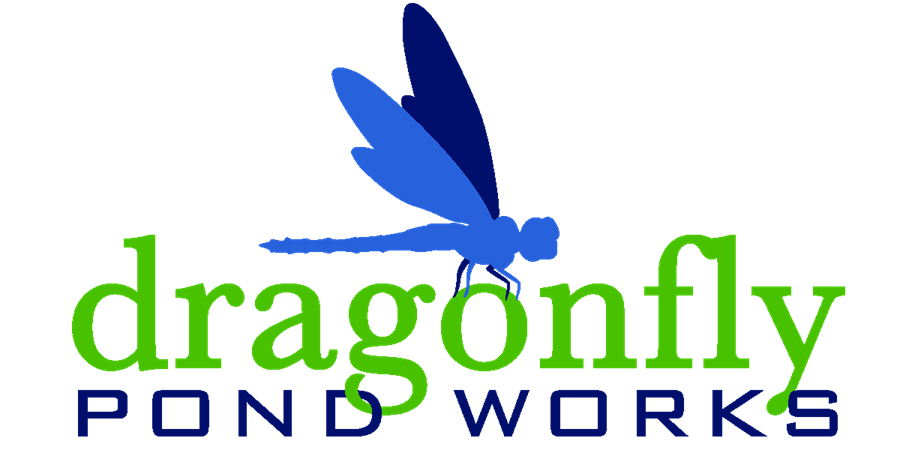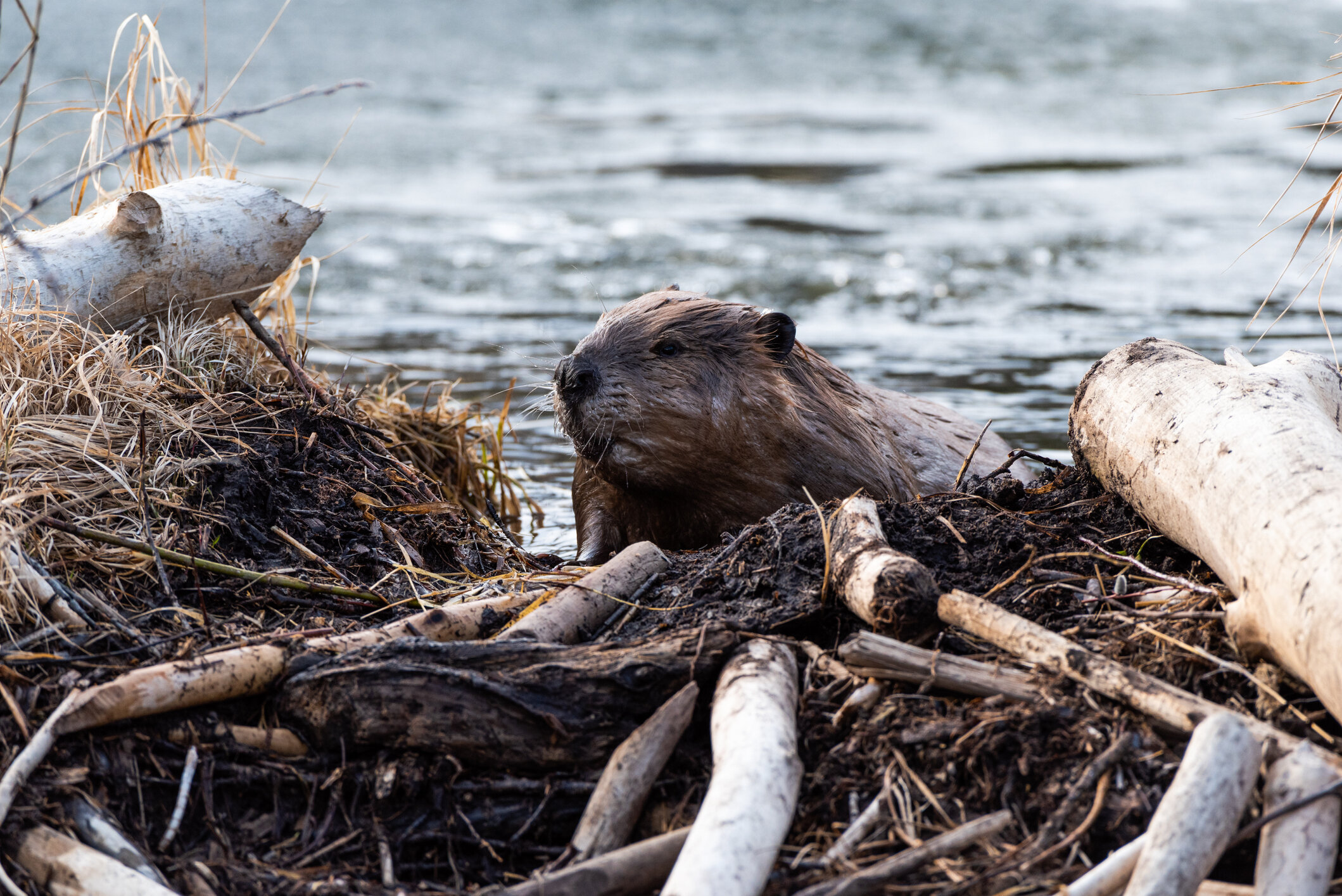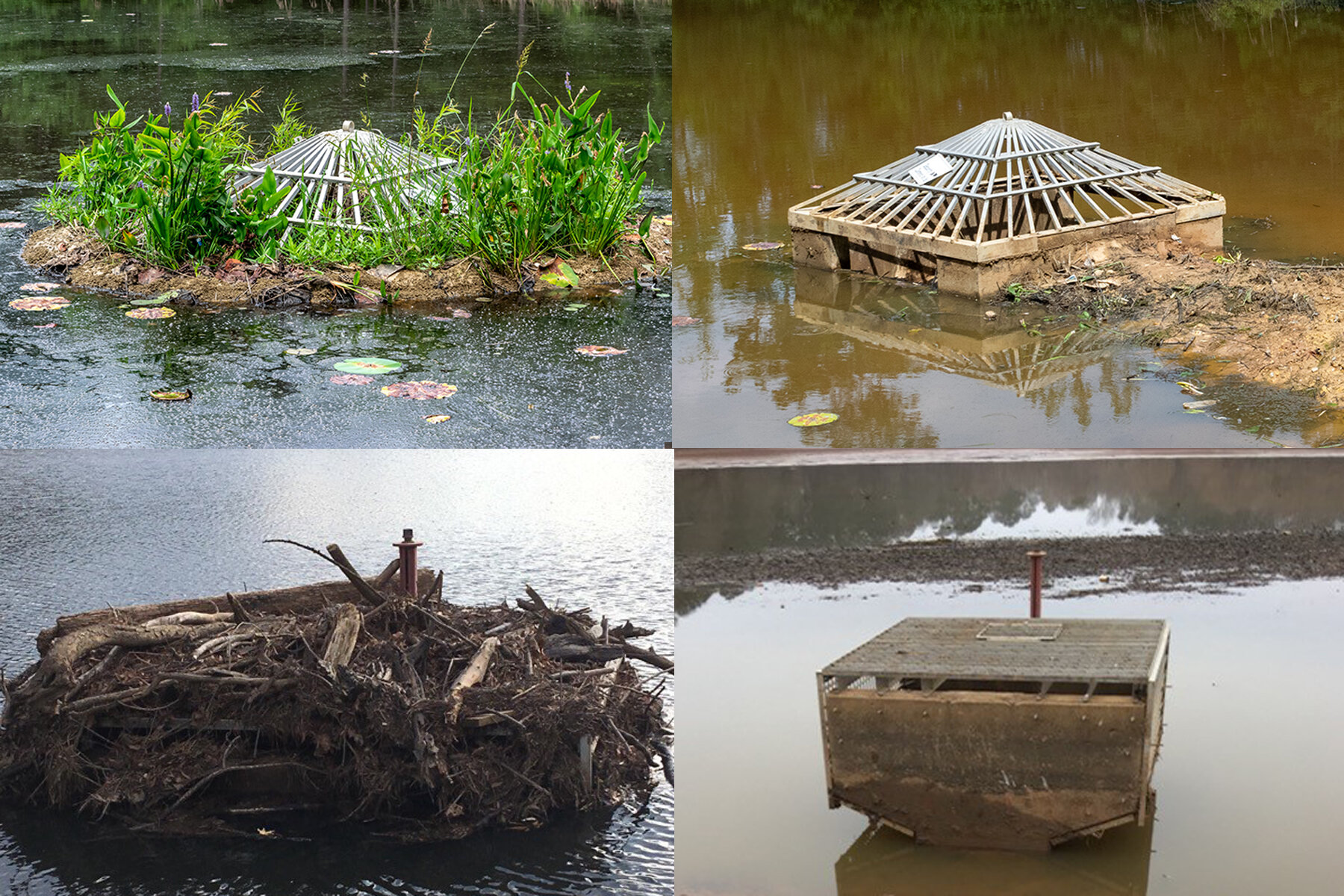Beaver Pond Damage: Avoiding Damage and Costly Repairs
Beaver Pond Damage expert advice from Dragonfly Pond Works.
Jared Beard- Client Service Manager, Wilmington, North Carolina and Myrtle Beach, South Carolina
If not managed properly, wildlife can cause significant damage to lakes, ponds, and stormwater systems. As with most potential issues, early detection is key to minimizing damage, costly repairs, compliance violations, and/or fines. One mammal that may lead to costly destruction is the beaver.
Photo Credit: Istock/Dan Pepper
North America’s largest rodent is the beaver and can be found across almost all of the US. Adult beavers can weigh over 60 pounds and be up to four feet long. The preferred habitat of beavers is near small lakes, ponds, streams, marshes, and rivers. Beavers either build lodges on a platform they create out of sticks and mud or they burrow into embankments and build their lodge over the burrow. Beavers eat tree bark and the soft tissue from under the bark. Sometimes they will also eat buds, roots, and other aquatic plants. In some instances, beavers can have a positive impact on the environment. By building dams, beavers can create new wetlands which can have many benefits. In other instances, beaver dams can be very detrimental to the area. Location is generally the determining factor of whether the impact is negative or positive.
In developed areas, the impact of beaver activity is often negative. This is especially true in residential, municipal, and commercial lakes, ponds, and stormwater systems. Beavers are highly skilled at sensing water movement or flow. They will try to clog up any place that they sense movement. Beaver activity can lead to serious beaver pond damage issues for your lake, pond, or stormwater control measure.
Identifying Beaver Activity
Identifying wildlife activity as soon as possible helps minimize beaver pond damage and costly repairs. Beavers are primarily active at night, so you might not see them around your aquatic system. It is important to know what signs to look for to identify their presence. Dragonfly’s specialized pond and stormwater maintenance technicians look for signs of wildlife activity at every service and note any concerns in our detailed client reports.
-Look for gnawed off trees around your lake, pond, or stormwater system or teeth marks on trees and branches.
-Look for burrows into the shoreline or bank. This beaver pond damage will lead to worsening shoreline erosion and potentially collapsed embankments.
-Look for piles of sticks and debris along the shoreline. Beavers will burrow into the bank and then pile sticks on top.
-Another example of beaver piling sticks over burrows or tunnels along the shoreline.
-Look for mud and/or sticks packed around risers as the beaver will try to dam the riser to stop water flow.
-This riser was clogged with mud and debris for so long that plants started to grow. Beavers may try to clog inlet and outlet pipes as well.
-Look for mud and debris packed inside risers as well.
-After our removal of debris from the riser.
Beaver Pond Damage Issues
Clogging of risers and pipes will cause the pond to maintain an above-normal water level.
The excess pressure from long-term raised water levels can lead to damage to the dam of the pond or lake.
Flooding, the clogging of risers and pipes leads to significant flooding risk.
Shoreline erosion or embankment collapse caused by burrowing into banks.
Sediment accumulation as water flows over the burrows washing the material into the body of water and as the beaver moves in and out of the water.
Destruction of trees which may fall into the pond causing further clogging issues.
Burrows under and around pipes can cause pipe separations which can lead to drainage issues and dangerous sinkholes.
All of these issues lead to unsafe conditions and potential compliance violations and/or fines.
Beaver Pond Damage: Examples of risers packed with mud, sticks, and debris by beavers and Dragonfly’s resulting repairs.
Due to their preferred habitat, beavers can cause significant issues for HOA, municipality, and commercial lakes, ponds, and stormwater control measures. Our specialized lake, pond, and stormwater maintenance services can help minimize the risk of beavers being attracted to your body of water by keeping trees and other woody vegetation from the perimeter. Once a beaver colony has become established, the most effective solution is having them trapped and removed from the area. Beaver dams will become more difficult and costly to remove over time. Early detection of activity is critical to minimizing beaver pond damage. Routine specialized lake, pond, and stormwater maintenance will identify any activity as soon as possible to minimize damage, repair costs, and violations/fines. Additionally, our experts can repair any damage caused by beavers. Please contact us to learn more about how we can keep your system healthy and compliant.
Learn More!
The risk for harmful algal blooms increases in the summer. Learn about lake and pond algae safety!
Subscribe to our newsletter to receive informative and engaging news delivered right to your inbox.
Dragonfly Pond Works is a lake, pond, and stormwater management company. We provide lake, pond, and stormwater maintenance, lake and pond repair, and more throughout North Carolina, in Raleigh, Durham, Charlotte, Cary, and Wilmington. Our pond and lake maintenance services can be found throughout Florida, in Tampa, St. Petersburg, Naples, Sarasota, Fort Myers, and Orlando. We also provide lake and pond maintenance in Myrtle Beach, Charleston, and Columbia, South Carolina, Atlanta, Athens, and Savannah, Georgia. We strive to develop long-term relationships based on quality work, timely service, cost-efficiency, and of course, trust. Please contact us to learn more.
Find us on Facebook, Twitter, Instagram, and LinkedIn for news, events, and more!










